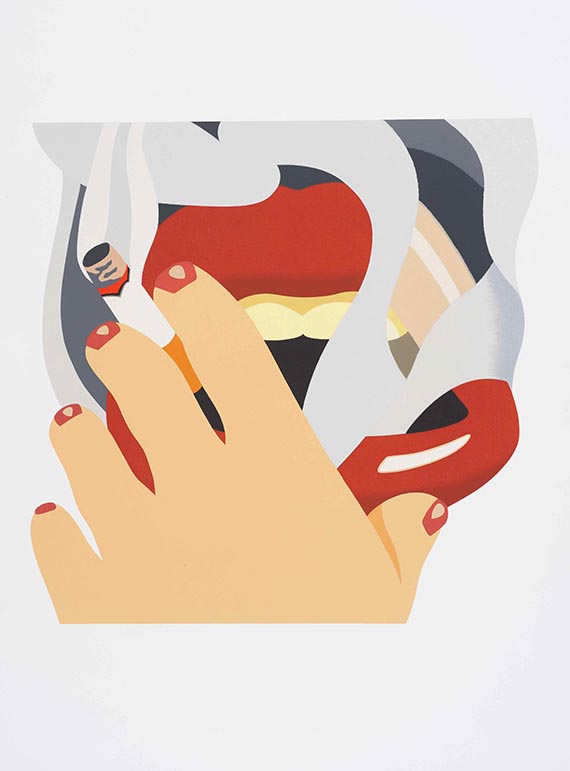
Henri Cartier-Bresson
1908 Chanteloup
2004 l
Henri Cartier-Bresson, born in Chanteloup, France, on August 22, 1908, is without a doubt one of the most significant photographers of the 20th century. Cartier-Bresson studied painting in Paris and Cambridge, and in 1931 he travelled around the Ivory Coast for a year, where his first photographs were taken. Just one year later, he exhibited in New York for the first time, bought himself a Leica, and left for an excursion to Mexico in 1934.
Thereafter he studied to become a film technician with Paul Strand. During the years 1936-39, he worked as a photographer, and at the same time he was an assistant director to the filmmaker Jean Renoir; however, he was also able to make his own documentary film about the Spanish Civil War.
In 1940, Henri Cartier-Bresson became a German prisoner of war, from which he did not escape until three years later into the French underground. After the war, the MoMA dedicated a "posthumous" retrospective to Henri Cartier-Bresson, supposedly fallen in battle.
In 1947, Cartier-Bresson was a founding member of the famous photo agency "Magnum" and as a freelance photographer, he traveled through Burma, Pakistan, China, Canada, Cuba, Japan, India and many other countries. His photographs were published in almost all large newspapers and magazines.
In 1952, the volume of photographs titled "Images à la sauvette" was published. Here he also presented his philosophy of photography. According to Cartier-Bresson, the most important thing in photography is the "decisive moment".
Cartier-Bresson’s photographs are not photojournalistic in the classical sense – they are characterized by their aspiration to be perfect compositions and to show humans as they are; they are images of the diversity and spontaneity of life. Modestly he commented on his work: "Photography is a craft. Many want to make art out of it, but we are simply workmen who must do their job well".
Beginning in 1973, Henri Cartier-Bresson turned once again more intensely to painting and graphics, and he only rarely took photographs any more. He died on August 3, 2004, in l'Ile-sur-Sorgue in southern France. His photographs were influential for an entire generation of photographers.

Would you like to sell a work by Henri Cartier-Bresson?
Infos for sellerART MARKET:
No items found for this artist.





